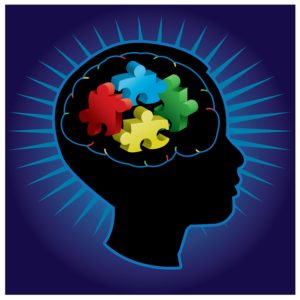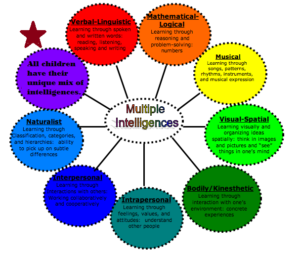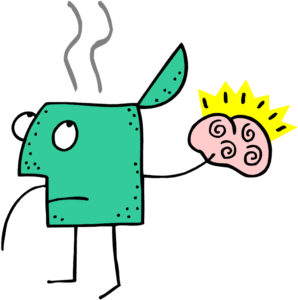We cannot all be victors and children need to understand this.
Children have to learn about losing as well as winning. Losing feels bad but failure is part of life and all kids need to get up, dust off and try again.
This applies to most things that kids do BUT when it comes to learning and continuous failure this does not stand up so well.
The sweet smell of success is important- especially to children who struggle so as parents, carers and teachers we need to be wise and help children to achieve this.
Success and victory over problems is a huge motivator to carry on and develop persistence and resilience.
We talk a great deal about resilience at the moment but we must remember that it does run out. Without any encouragement and ability to perceive  progress- signs of victory- we do eventually crumble and lose the will to fight and to persist. Children reach that point quite quickly if they are not helped to perceive how far they have come.
progress- signs of victory- we do eventually crumble and lose the will to fight and to persist. Children reach that point quite quickly if they are not helped to perceive how far they have come.
In my work with children I have learned to document the steps of progress so children can see them. This might be as simple as graphing their levels of reading progress, showing them writing samples over 6 months etc. Children NEED to know they are improving and that albeit in small ways, are victors over what often seem to be insurmountable problems.
We know so much about Howard Gardner’s 8 intelligences now and by helping children chart these in their own lives, we show how much each intelligence is important. See this article for a clear description of each intelligence.
https://www.toolshero.com/effectiveness/gardners-multiple-intelligences/
Kids with high visual-spatial intelligence need to know it IS an intelligence and ways they can develop this to enhance their life and possibly build other intelligences. Similarly, kids with high physical, naturalist or music intelligences need to feel their particular cocktail of intelligences is honoured!
We so often in schools show how much we value the linguistic and maths-logic intelligence and yet fail to help kids see the value of the other 6- creating a very lopsided approach to teaching and learning.
By helping children to perceive their “smarts,” and by providing rich learning environments that cater well for all learning preferences, we can turn this around and help them realise we can ALL be successful learners.

